IR receiver modules like the one cited are designed so that when they are receiving a modulated signal from an infrared remote control they will relay that signal accurately, and when they are not receiving such a signal they will output noise (similar to the way radios and televisions used to output static when they are not tuned to a station). Essentially, any time the signal is higher than the average for the last ~10ms or so it will say there is signal present, and any time it's lower, it will say there's no signal. This means that the strength of signal that's required for reliable detection will depend upon the ambient level of modulated IR, rather than any fixed threshold in the sensor itself. If there's no stray modulated IR, the detector can be very sensitive. Good for a remote-control receiver. Not so good for your application.
While it's possible to use a "steady on" infra red transmitter and receiver, such an approach will require calibration, and ensuring that things stay in calibration may be difficult. Using a microcontroller may allow you to achieve better results. Have the microcontroller turn the IR emitter on and off either randomly or in some pattern, and some time after switching it each time, measure the signal from the receiver. Keep track of the average signal values received when the emitter is on, and when it is off. The difference between the "on" and "off" values should be very significant when the beam is not blocked, and fall off enormously when it is blocked. Since you would be measuring the amount by which the IR pickup changes when the light is switched, rather than measuring an absolute level, the system would be in a sense self-calibrating. Additionally, it would only be necessary to have the light on a small fraction of the time, a fact which could save considerably on power utilization.

